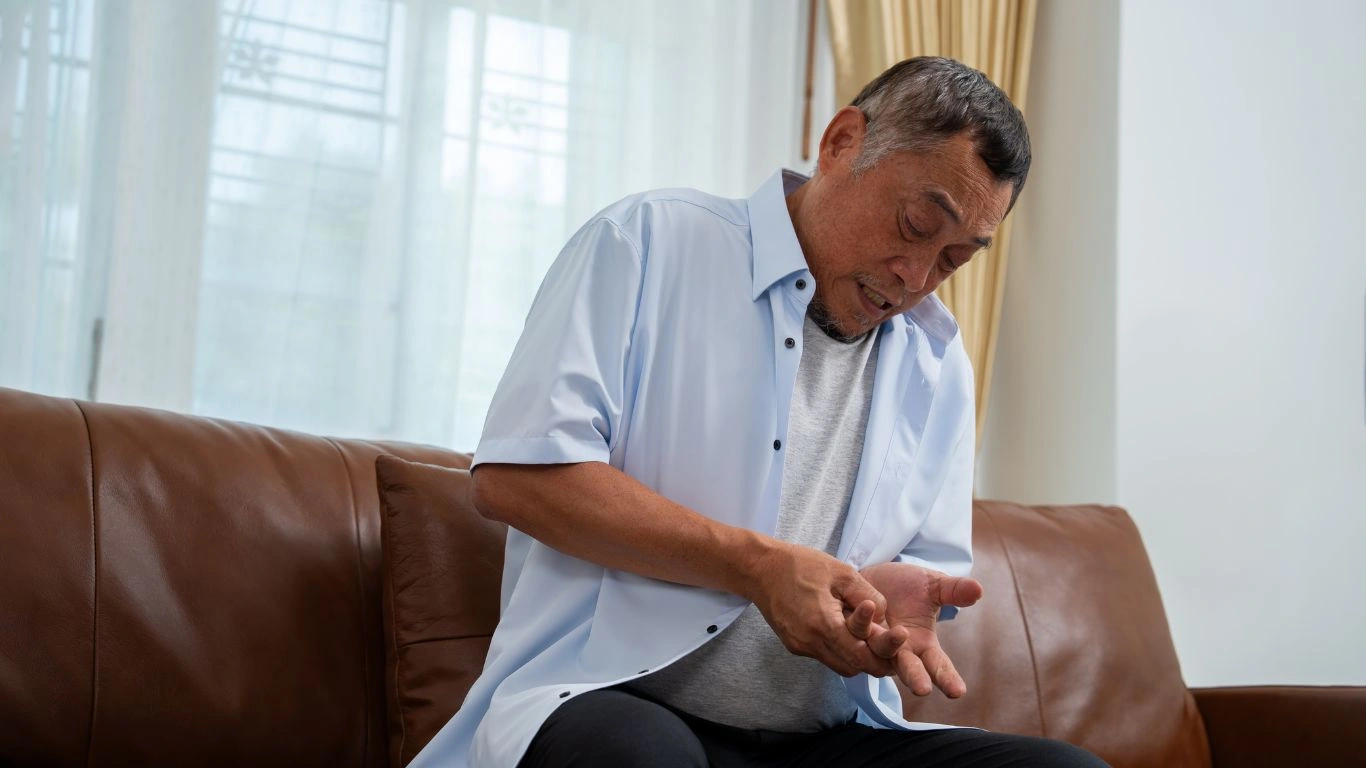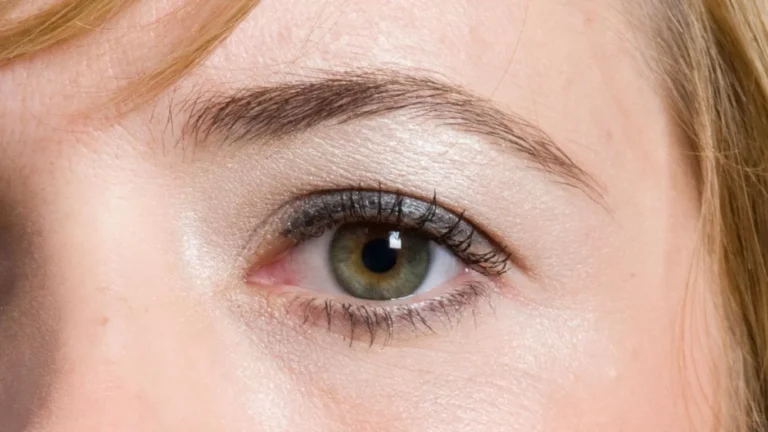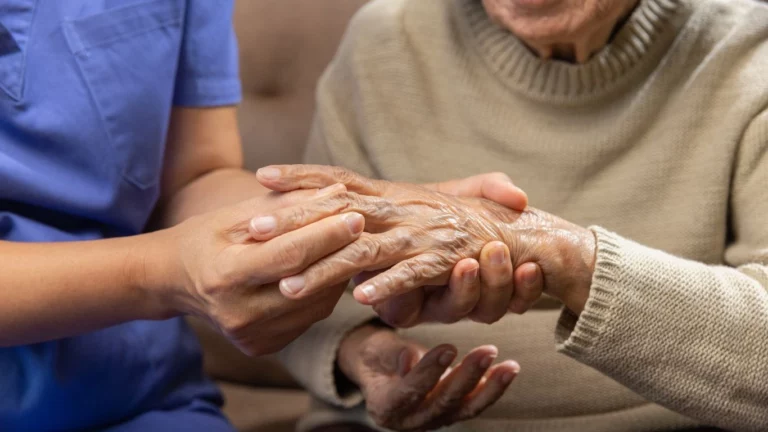Does Rheumatoid Arthritis Cause Joint Deformities?
Wondering about the long-term effects of rheumatoid arthritis (RA) on your joints? You’ve probably heard that RA can lead to joint deformities, but how exactly does that happen? Let’s break it down for you and clear up some common questions.
Understanding Rheumatoid Arthritis (RA)
Rheumatoid arthritis is an autoimmune disease that primarily affects the joints, leading to inflammation, pain, and swelling. But it’s not just about discomfort—it can seriously impact your joint health over time. Unlike osteoarthritis, which is caused by wear and tear, RA happens when your immune system mistakenly attacks your own tissues, particularly the synovium (the lining of your joints). Over time, this can lead to the destruction of cartilage, bone, and even cause deformities.

So, Does Rheumatoid Arthritis Cause Joint Deformities?
Yes, RA can cause joint deformities, especially if it’s left untreated or not managed effectively. But how does this happen? It all comes down to the damage the disease does to the joints over time. When RA flares up, the inflammation in your joints isn’t just temporary. If untreated, it can become chronic, leading to long-term damage. The constant inflammation causes the synovium to thicken and produce enzymes that break down cartilage and bone. As a result, the joints lose their stability, which can lead to deformities like:
- Ulnar deviation: This is when the fingers drift toward the ulna (the bone on the pinky side of your forearm). It’s often seen in severe cases of RA.
- Hammer toes: The toes may bend and take on a claw-like appearance.
- Swan neck deformity: This affects the fingers, causing them to bend unnaturally at the joints.
- Ankylosis: In some severe cases, RA can cause joints to fuse together, making them immobile.
Why Do Joint Deformities Happen with RA?
It’s a gradual process that typically happens over many years. Initially, the swelling in your joints from the RA can cause discomfort, but with continuous flare-ups and the resulting damage, things can escalate. The inflammation can damage the cartilage that cushions the joints, making movement more difficult and eventually leading to deformities. The body’s natural repair mechanism also comes into play, but it doesn’t always fix things properly. For example, new bone may form abnormally, and tendons can become misaligned, leading to deformities.
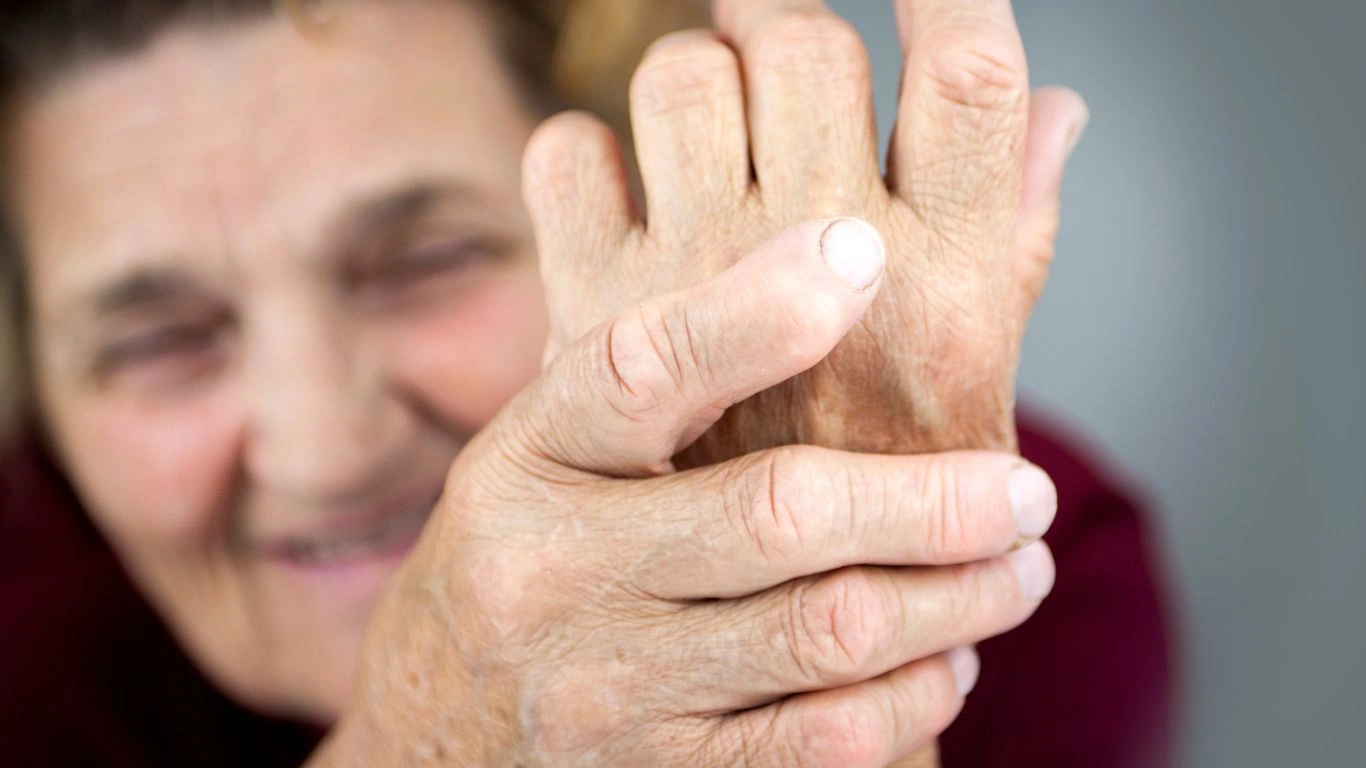
Can Joint Deformities Be Prevented?
Good news: Joint deformities aren’t inevitable! With early diagnosis and proper treatment, the risk of deformities can be minimized. Here’s what you can do:
- Early treatment: Starting RA medications early can help control inflammation and prevent joint damage.
- Medications: Disease-modifying antirheumatic drugs (DMARDs) and biologics can slow the progression of RA.
- Physical therapy: Regular movement and exercises designed for RA patients can help maintain joint function and prevent deformities.
- Surgery: In extreme cases, surgery may be needed to repair damaged joints or correct deformities that have already occurred.
When Do Joint Deformities Typically Appear?
Joint deformities usually show up after years of RA. They often appear when the disease has been active for a long time without adequate treatment. But don’t panic! Most people with RA won’t necessarily develop severe deformities. With proper care, it’s possible to live a full, active life while managing symptoms.

How RA Affects Different Joints
RA doesn’t just target one specific joint; it can affect multiple joints, typically in a symmetrical pattern (both sides of the body). The most common joints affected include:
- Hands and fingers: This is where you’ll most commonly see deformities like ulnar deviation or swan neck deformity.
- Knees: Swelling and deformities can cause difficulty in walking or bending the knee.
- Wrists: Loss of wrist function can be significant, affecting daily tasks.
- Feet: Hammer toes or bunions can develop, making it tough to wear shoes comfortably.
The key takeaway here is that RA’s impact on joints can vary from person to person. Some people experience only mild symptoms, while others deal with severe deformities. That’s why managing the disease early is crucial.
Can RA Deformities Be Reversed?
Unfortunately, joint deformities caused by RA can’t usually be reversed. However, proper treatment can help prevent them from getting worse. This is why early intervention is so important. Even if deformities have already started to form, therapy, medications, and surgeries can help manage the pain and improve function.
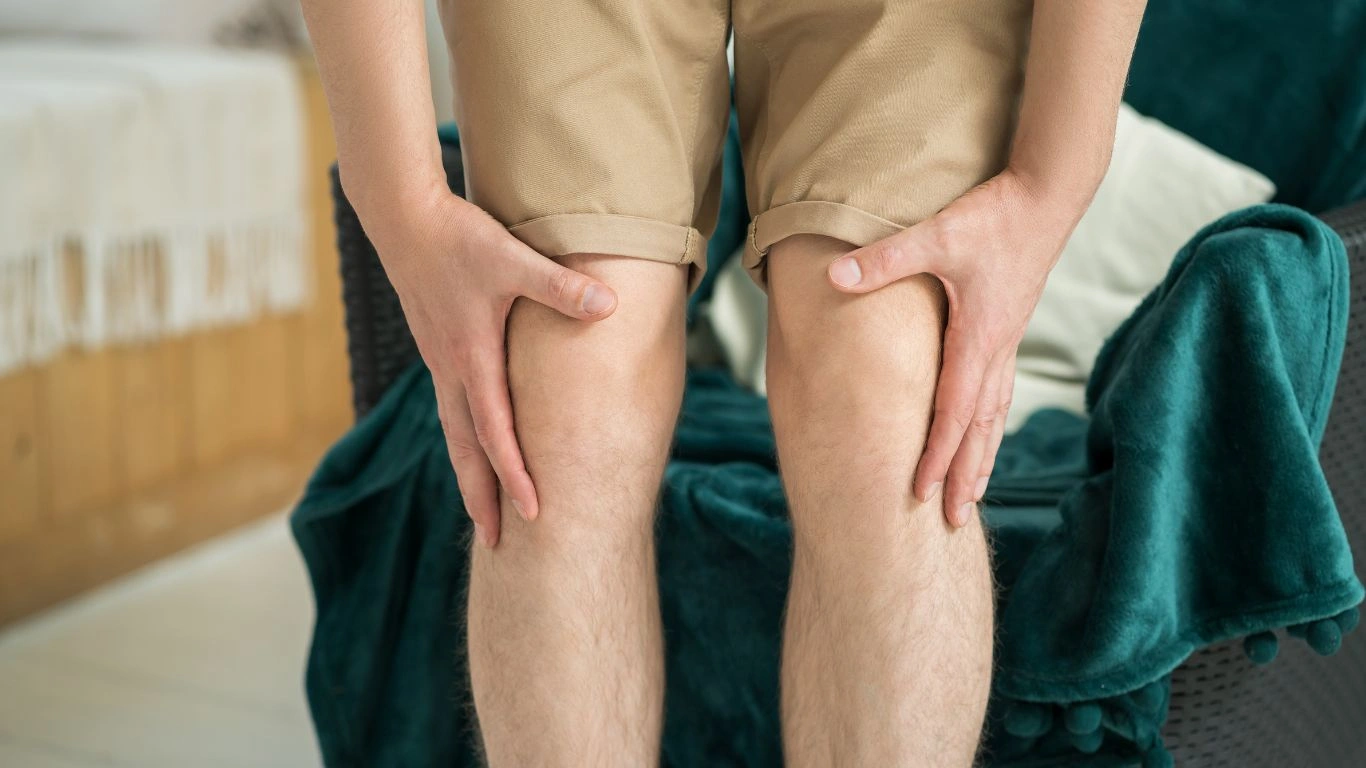
Conclusion
So, does rheumatoid arthritis cause joint deformities? The answer is yes, but it’s not a guarantee. With proper care and treatment, you can slow the progression of RA and avoid or minimize joint deformities. Early diagnosis, medication, and regular monitoring can help keep things in check. And remember, staying active and maintaining a healthy lifestyle can make a huge difference in the long run.
Appendices
FAQs
- Can rheumatoid arthritis cause joint deformities in just one joint? Yes, it’s possible. RA can affect different joints to varying degrees, and deformities may develop in just one joint, though it usually impacts multiple joints.
- Can joint deformities from RA be reversed? Unfortunately, joint deformities caused by RA can’t usually be reversed. However, with the right treatment, further damage can be prevented.
- What are the first signs of joint deformities in RA? Swelling, stiffness, and pain that doesn’t improve with rest are often the first signs. Deformities may appear after long-term inflammation has damaged the joint.
- How can I prevent joint deformities with RA? Early treatment with DMARDs, biologics, and physical therapy can help prevent joint deformities from developing.
- Is surgery always necessary for joint deformities caused by RA? Not always. Surgery is usually a last resort when other treatments have not been effective. It may be necessary to repair severely damaged joints or correct deformities that have already occurred.
References
- American College of Rheumatology (ACR). (2024). “Rheumatoid Arthritis and Joint Deformities.” Rheumatology Journal. [Link]
- Smith, J., & Peterson, R. (2022). “Rheumatoid Arthritis: Early Detection and Treatment.” Medical Journal of Rheumatology, 41(3), 114-120. [Link]
- National Institute of Arthritis and Musculoskeletal and Skin Diseases (NIAMS). (2023). “Understanding RA and Its Effects on Joints.” [Link]
Disclaimer
Disclaimer: The information in this article is intended for informational purposes only. It is not a substitute for professional medical advice. Always consult with your healthcare provider for any concerns regarding rheumatoid arthritis or its treatment.

Tarra Nugroho is a dedicated Nurse Practitioner with a strong foundation in family and preventive care. She brings both compassion and clinical expertise to her practice, focusing on patient-centered care and health education. As a contributor to Healthusias.com, Tarra translates medical knowledge into clear, empowering articles on topics like women’s health, chronic disease management, and lifestyle medicine. Her mission is simple: help people feel seen, heard, and informed—both in the clinic and through the content she creates. When she’s not caring for patients, Tarra enjoys weekend hikes, plant-based cooking, and curling up with a good health podcast.
